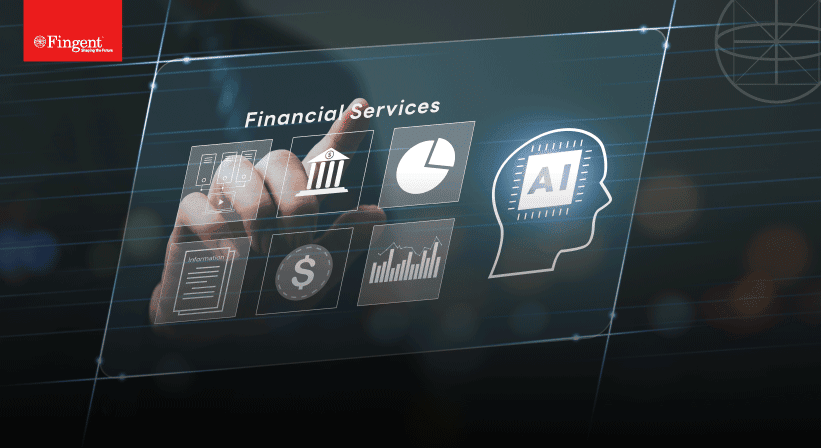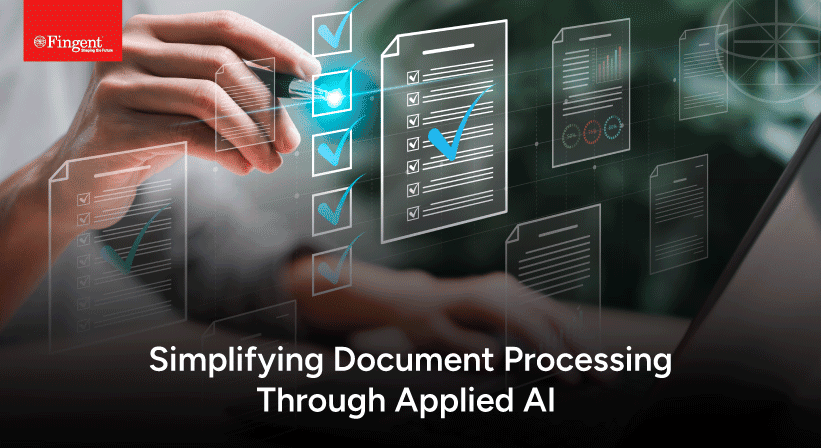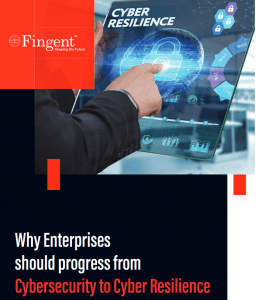Shifting From Cybersecurity to Cyber Resilience – How Are They Different From Each Other!
Cyberattacks are hitting the headlines with increasing frequency. Data breaches and attacks are currently inevitable parts of running an organization. Cybercriminals are adept at using phishing, malware, or insider threats to infiltrate infrastructure and steal confidential information.
Businesses that compromise their cybersecurity face more than just the loss of confidential data. Cybersecurity breaches can affect a business’s market value, jeopardize the brand reputation and compromise competitiveness. The effects of a single cyber-attack can be permanent and devastating.
How do you combat this era of over-smart cyber criminals? You need more than cyber security. What you need is cyber resilience!
Are you wondering what the best way to protect your company from within and without is? Do you want to secure your business in this volatile economic atmosphere?
If YES is your answer, please continue reading to find out why shifting from cybersecurity to cyber resilience is necessary.
Why Has It Become Necessary to Shift from Cybersecurity to Cyber Resilience
Pandemics are not the only calamities from which a business needs to build resiliency. Any unforeseen event, be it a natural calamity, a shift in the economy, or anything else, needs to be part of comprehensive disaster recovery planning.
Such unforeseen events provide many risk-based opportunities to pivot in response to risk. Chief among these is digital transformation. Here are four risk-based opportunities that make it necessary to shift from cybersecurity to cyber resilience.
1. Strategic risks: Included among many others are business continuity, reputational hazard, competition, insurance legal risks, and more. If these risks are not mitigated in time, they can affect organizational sustainability.
2. Financial risks: Financial risks have implications for regulators, tax complexities, and employee outsourcing.
3. Operational risks: Operational risks include organizational and digital functions, from employee well-being to AI and robotics. It can affect the business process and all those involved.
4. Remote work: This can easily expose an organization to cyber threats.
If an organization becomes a target of persistent cyber threats, its networks will likely be compromised. That is why businesses must be ready.
Cyber resilience allows an organization to minimize the impact of persistent threats. It lowers the probability of a successful attack and minimizes the damage if the attack is successful.
Read more: A Detailed Whitepaper On – Is Cyber Resilience Over Taking Cybersecurity for Good?
How Are They Different From Each Other?
1. Cyber security-the mighty wall
Cyber security is about reacting to a cyber-attack while cyber resilience is about anticipating a possible attack.
Cyber security is about technologies and processes designed to shield computer systems, networks, and data from cyber threats.
For example, when an empire wants to prevent security breaches, it might first build a huge, robust wall. If it feels that is not sufficient, it may construct another wall that is higher than the existing wall and perhaps add a ditch.
Can such measures completely protect an empire from a breach? Well, history has a different story to tell.
Cyber security is somewhat like that wall. It is more focused on preventing hackers from breaching ITs’ security wall. While it may prevent the majority of attacks, a hacker can still find ways to breach that mighty wall when the landscape changes. Despite all measures, an organization may be still vulnerable to a cyber-attack.
Read more: Artificial Intelligence and Machine Learning: The Cyber Security Heroes of FinTech!
2. Cyber resilience-an ever-equipped and ever-prepared tech-ninja
The goal of cyber resilience is to anticipate, withstand, and adapt. It depends on the theory of “when there is a cyber-attack,” not “if there is a cyber-attack.”
A cyber resilient business is like a ninja, able to respond and recover from a cyber-attack. Such a business can continue to operate through the attack, and eventually, get back on track and become more capable of withstanding future disruptions.
It helps organizations to foresee hackers’ activities and be informed about the possible threats they pose. This way organizations are prepared to prevent and protect, defend and respond successfully to any attacks.
Cyber resilience is not just a security measure. It is a cultural shift – a full-time task that applies security best practices to defend an organization’s networks and systems. here are five key areas:
- Prepare: Preparation is key to success! Hence, to prevent cyber-attacks an organization requires a multi-layered approach. This includes technology, people, and processes. Cyber resilience involves having comprehensive security policies and providing training and in-work support to ensure that all involved know their role.
- Protect: In addition to basic security software, more sophisticated solutions like endpoint detection and response solution provide a greater degree of protection. Security awareness training and data protection layers offer even greater cyber resilience levels.
- Durability: Building durability into an organization is one of the end goals of cyber resilience. Adopting a single platform for data and content can make it easier to protect an organization as a breach can be identified quickly and quarantined before it affects other sections. All this while, employees can continue to access other systems and data.
- Recovery: Resilience means rising every time we fall. Cyber resilience means returning to normal no matter what. To avoid a complete halt to all business operations, an effective data backup and recovery is essential. Automated, granular backup and recovery of data to a separate network will enable businesses to quickly restore data that may have been seized or wiped.
- Adapt: According to a writer, adaptability is the simple secret of survival! And that is a key component of cyber resilience. Security solutions that leverage up-to-the-minute threat intelligence ensures that a network can adapt automatically to the latest threats. This sort of intelligence allows you to understand the current threats and make accurate predictions about likely attacks in the future.
Read more: Redefining Cyber Security Needs With AI!
ACT and not REACT
Data and infrastructural security are the topmost concern of every organization. Active and continuous protection is a must for tools and techniques. This is also why investing in cyber resilience can never go wrong in any condition.
Cyber resilience equips businesses with technical know-how in order to prepare for the worst and ensures it can deliver in the worst situations.
Cyber resilience involves a change of mindset. It is also about security operating within the organization and beyond. It is only by thinking of overall network resiliency that businesses can surmount existing threats, and overcome future threats.
Security experts at Fingent have their finger on the pulse of the digital world and know how to nip cyber threats in the bud and keep your business resilient from attacks. This means that you leave your cyber worries in our hands with the confidence that it will be dealt with effectively.
Call us and let’s discuss your security needs and how we can fulfill them.
Stay up to date on what's new

Recommended Posts

08 May 2024 Financial Services B2B
AI in Financial Services: Use Cases and Applications
As Dan Schulman, the CEO of PayPal once said, “We're not trying to reinvent the wheel; we're trying to perfect it.” Achieving perfection is no easy process. It is not……

24 Apr 2024 B2B
A Leader’s Blueprint for AI Success
"Leaders, embrace AI! Make it your superpower!" - Robert Barber, Leadership Development Trainer and Executive Coach. How Are Businesses Using AI? The verdict is crystal clear—leaders today must embrace AI to……

18 Apr 2024 B2B
Applied AI For Document Processing
"It's becoming increasingly clear that AI is the future, and almost everything else is a sideshow." - World-renowned computer scientist Geoff Hinton AI has taken over almost every aspect of……

21 Feb 2024 B2B
Stepping The AI Revolution with Applied AI
“I am telling you, the world’s first ‘trillionaires’ are going to come from somebody who masters AI and all its derivatives and applies it in ways we never thought of.”……
Featured Blogs
Stay up to date on
what's new


























































